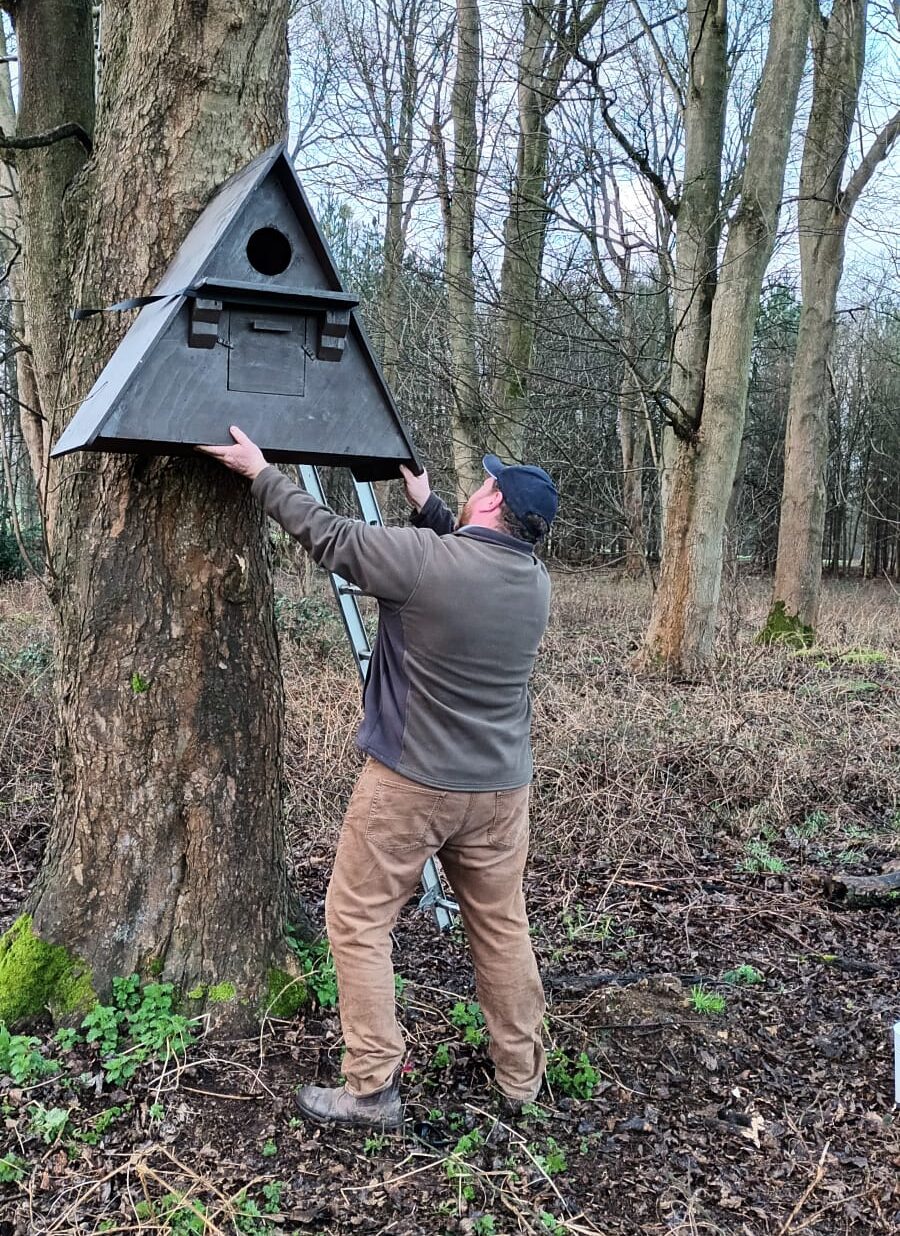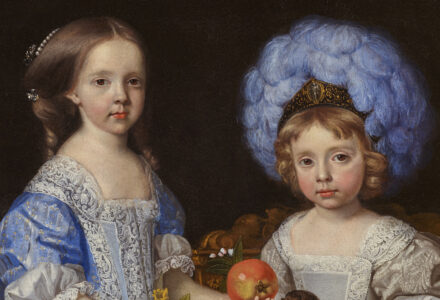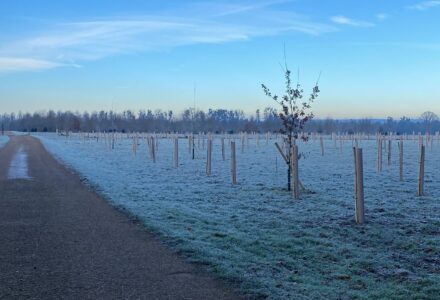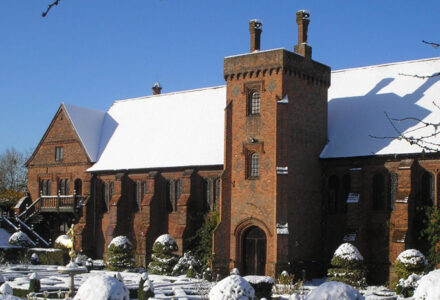On-going Barn Owl Monitoring Programme
As part of our on-going Barn Owl monitoring programme at Hatfield Park, five new nest boxes will be sited in suitable habitats over the estate this spring. These will add to the twelve nest boxes which are already being monitored by British Trust for Ornithology licensed bird ringers to establish the breeding success of barn owls found on the estate.
Breeding success is linked to food availability and over the past three years a total of twenty two young owlets have been ringed. Each of the young are checked and carefully weighed, wing measurements are taken and provisionally sexed where possible. Each chick is fitted with one, individually and identifiable numbered metal alloy ring. These data, along with the biometric measurements are recorded onto the British Trust for Ornithology national database.
The photograph shows a more traditional style of Barn Owl nest box, the A Frame, made from sustainably sourced plywood being installed this week on a mature sycamore tree. The tree is growing on the edge of a wooded area adjacent to one of the meadows found on the estate that supports good numbers of the Barn Owls main prey, the Field Vole, Microtus agrestis.
A new type of Barn Owl nesting box is being trialled by our bird ringers. These are made from recycled plastic materials including waste silage wrapping from cattle feed similar to that found on the estate.
The Barn Owl, Tyto alba has been steadily increasing in numbers nationally. From the low populations found locally in the 1990’s, conservation management of permanent grassland like that being carried out over the Hatfield estate and by many local farms is certainly contributing to the breeding success of our local Barn Owl populations.





